Transplanting a blooming orchid is possible only as a last resort. According to experienced gardeners, this should be done carefully, extremely carefully so that the plant does not suffer. An exotic flower grows along the banks of the Amazon River (USA), where the climate is warm and humid almost all year round. He is amazing in everything: from serpentine roots and high peduncle to the conditions of existenceniya and special care for him. It is difficult to take care of such a plant at home, especially when it comes to transplanting orchids during flowering.
Content
When is a transplant necessary?
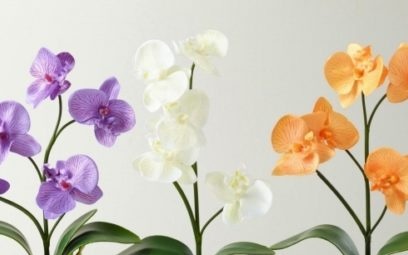
The flowering period of orchids lasts from 3 to 8 months. During this time, a situation may arise in which you urgently need to transplant a flower into another pot. Using the example of a phalaenopsis orchid growing at home, we will find out why it should be transplanted even when it is blooming:
- the plant may have been attacked by parasites (ticks) or other pests;
- signs of diseases (root rot, color spotting and others) became noticeable;
- the roots have grown greatly, that is, the pot for the plant has become cramped;
- if the substrate is not suitable for orchid cultivation, or its quality has deteriorated over time;
- the roots of the flower have grown to the walls of the container, which does not allow them to develop.
Caring flower growers will not allow their flower to suffer because of such inconveniences. Without waiting for the end of flowering, they prepare it for planting in a new container.
Not all beginner growers know the intricacies of the procedure. The advantages and disadvantages that may arise during the transplant should be studied before transplanting the orchid during flowering. The main question of the owners of the flower is what happens if you transplant a flowering Phalaenopsis orchid. What to watch out for and what can be done without risking harming the flower.
The main, undoubtedly, important plus of transplanting a blooming orchid is the preservation of the plant, its protection against further wilting or even death.
A big minus is the risk of losing the plant due to improper actions of the growers themselves. At that time, when the orchid fired an arrow, all its energy is concentrated on the formation of the peduncle. The remaining parts of the plant, namely the roots, are weakened. The root system will suffer first if something is done wrongly.
However, you can move the flower from one pot to another according to all the rules, take into account the characteristics of the plant, carefully prepare it and only then transplant phalaenopsis.
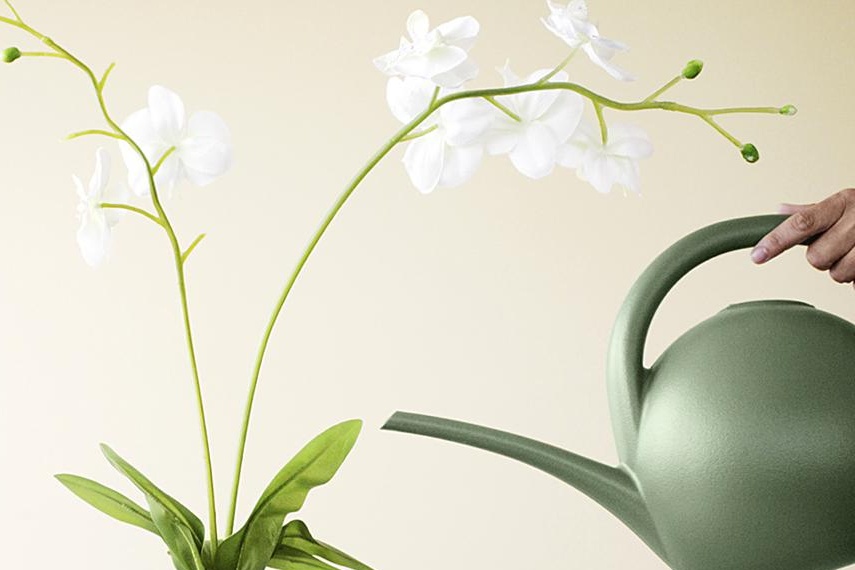 You may be interested in:
You may be interested in:Basic Rules
During flowering, a fragile flower directs all its energy to the formation of the arrow of the peduncle, which releases to form buds on it. The size of the flower arrow depends on the plant variety, its age. It is necessary to consider the risks of damage to the flower, so as not to accidentally injure weakened roots and processes.
Features
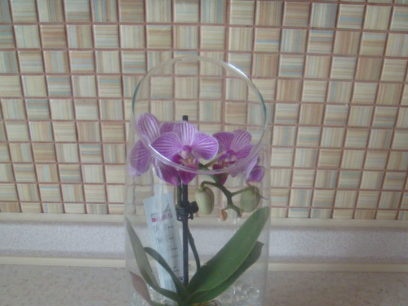
Orchids are plants with aerial roots. They are covered with velamen - a porous fabric that absorbs water and air. For normal development, the flower requires increased humidity and free access of oxygen. Hybrid varieties are adapted to the living conditions at home.Beginning flower growers are better to grow: phalaenopsis, dendrobium and epidendrum. More experienced amateurs choose: brassia, colegin, noble dendrobium, Cattleya, cymbidium, miltonium.
Training
Preparatory work consists of two important points.
Choosing the right pot
For plants, the roots of which are a necessary component of flower photosynthesis, a transparent pot is needed, but preferably not from glass, but from plastic.
At the bottom of the tank, several holes are made for the normal removal of excess moisture. Ceramic flowerpots are best chosen with a glazed surface inside the pot. Orchid roots will not stick to the side walls.
The size of the container should be neither large nor small so that the root system can grow freely, but the green mass does not grow excessively.
Composition for the substrate
In a room where air humidity is lowered, it is better to plant a flower in a substrate with a high moisture content. Such soil should dry completely not earlier than in 3-5 days.
The soil composition should consist of components that do not cake and do not form a crust on the surface after irrigation.
Suitable components for the Phalaenopsis orchid are crushed pine bark (2/3 parts) and sphagnum moss (1/3 part). To this mixture you can add a glass of coal and coarse peat.
The bark of a tree is disinfected in boiling water for 5-7 minutes. Drain the water and divide everything into 2 equal parts, small and larger in structure,
Moss for a day is soaked in warm (+ 50 ° C) water with potassium permanganate.
All ingredients are mixed in a bowl, poured with a solution with the addition of fertilizer for orchids, incubated for 2-3 hours. When the substrate dries a little, proceed directly to the plant transplant.
Transfer sequence
- A new container is washed in a warm soda solution, rinsed, dried with napkins.
- Drainage material: pebbles or small broken brick, poured with a strong manganese solution, kept for 20 minutes, slightly dried in air, put into a pot to a height of 1-2 cm.
- The orchid is removed from the old pot, the old substrate (brush) is carefully removed from the roots, washed from a watering can with small holes, dried for 5-7 hours.
- All flower stalks are shortened by 2-3 cm. This will provide quick rooting of the plant.
- Damaged roots are removed in whole or in part, as necessary. If the root system was infected with a fungus, it is treated with antimicrobial solutions (calcium manganese, furatsilin or hydrogen peroxide).
- The prepared flower is vertically rearranged on the drainage layer. Hold the plant in this position and sprinkle the substrate on all sides. Coarse chopped bark is placed on top.
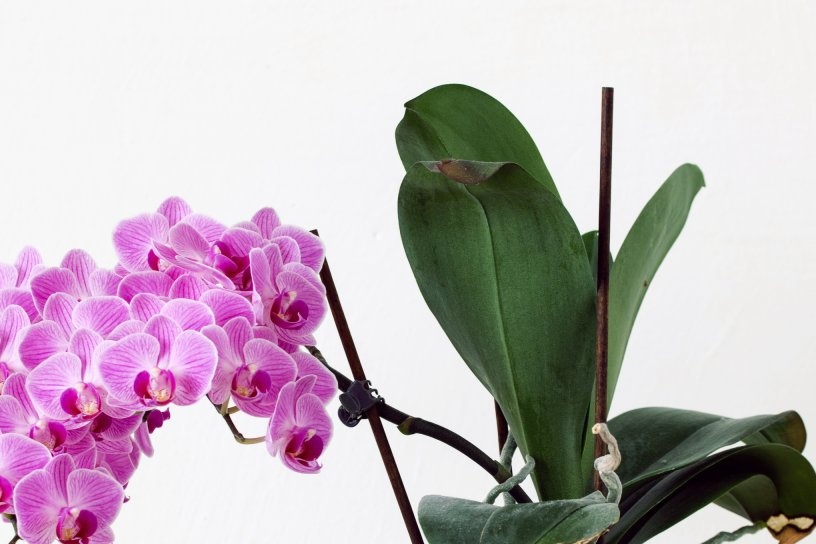 You may be interested in:
You may be interested in:After transplanting the plants, it is better to put the pot in a slightly shaded place and do not move it for 2-3 weeks.
Care and flowering after transplantation
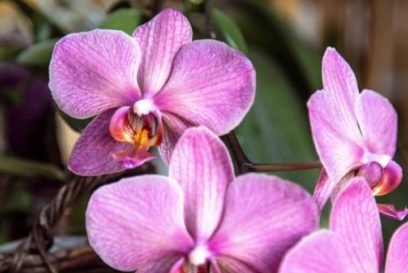
Is it possible to transplant a flowering Phalaenopsis orchid if this is not necessary? Strongly not recommended to do this. It is better not to expose the plant to excessive stress. Enjoy a beautiful flower, and with a transplant wait until the flowering period ends. At rest, the orchid will not experience such inconvenience when moving into a new pot.
The reason is that all plants react differently to transplantation. Some flower hybrids are very delicate and fragile, they can get sick from careless intervention. It needs special care.
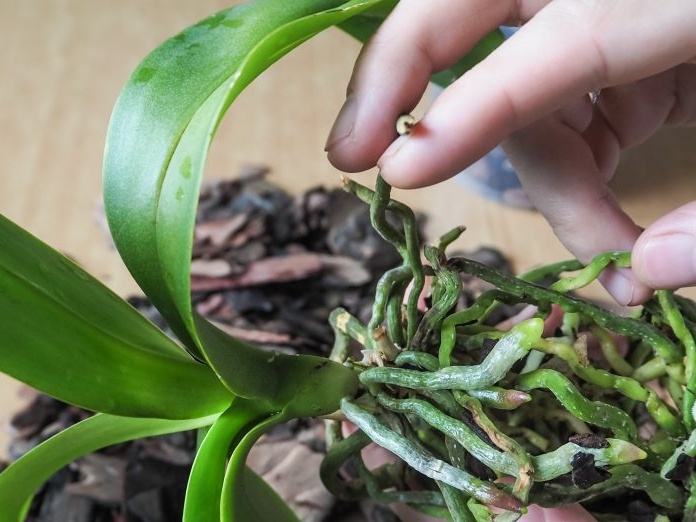 You may be interested in:
You may be interested in:How to care for a plant after transplantation
The purpose of special care is to keep the orchid in its former state, to heal it if it is sick. It is necessary to correctly carry out all the actions of caring for a "capricious", but very vulnerable flower:
- place the flower container away from direct, burning sun rays for 1-3 weeks;
- neither move nor rearrange it;
- the air temperature in the room should not be higher than + 23 ° C, humidity within 60-70%;
- the first time after a transplant, you can water the orchid in 3-5 days, the next watering - in 2 weeks;
- water must be cleaned of impurities and heated to + 35-40 ° C;
- complex dressing for orchids is performed a month later.
Peduncle formation and possible problems
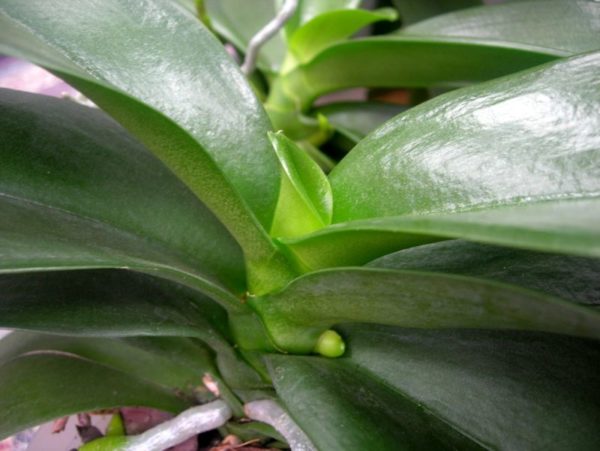
When the necessary conditions are met, the plant quickly gets used to the new pot and substrate, does not get sick, flowering will continue without unnecessary problems.
However, in case of violation of the irrigation and feeding regimen, negative symptoms may appear:
| Unwanted symptoms | Reasons for the appearance | How to eliminate |
|
Withering |
The roots are damaged during transplantation. Lack of air, excess moisture, drafts, overheating. Excessive feeding, pests |
To restore the root system, the plant needs peace and the correct ratio of air, water, fertilizer. The place you need to choose a shaded, where there are no drafts. From pests apply preventive treatment with chemicals |
|
Yellowness on the leaves |
The same + low temperatures |
The solutions are the same (see above) |
|
Peduncles do not form |
Air temperature lowered. Irrigation and lighting conditions violated |
The Epin or succinic acid will help stimulate the orchid to the formation of peduncles. With a lack of lighting, you need to add scattered light sources. Stop watering for 10-14 days. Sometimes a sharp drop in air temperature becomes a stimulating effect. At night on the balcony - + 18 °, and during the day we bring into a room where more than + 25 ° |
It is necessary to save an orchid from a disease or protect it from harmful insects, regardless of whether it blooms or is at rest. In some cases, this is only possible with a transplant. No need to worry about the flower ceasing to bloom for a long time. The main thing is that you will save your beloved pet. Try to perform all the actions correctly, your efforts and patience will be rewarded. After the recovery period, the orchid will bloom again as before. To please you with its magnificent view.

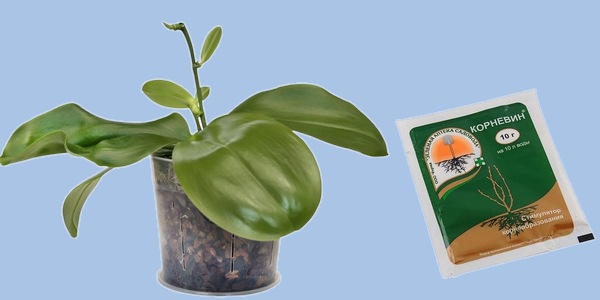
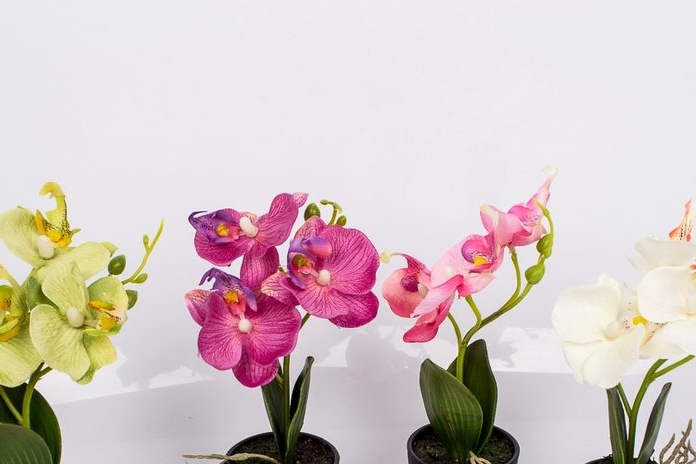
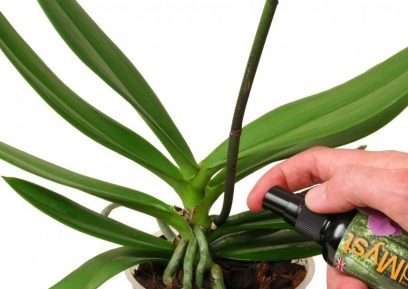
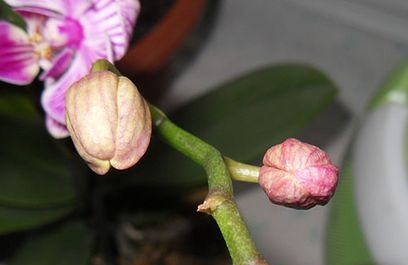 Reasons why orchids fall flowers and what to do
Reasons why orchids fall flowers and what to do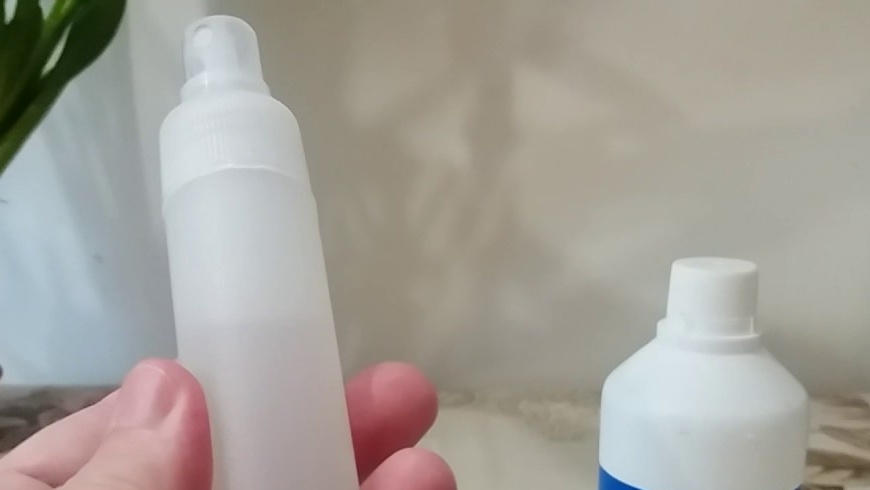 How to use hydrogen peroxide for orchids and why
How to use hydrogen peroxide for orchids and why Midges are wound up in the orchid: effective ways to get rid
Midges are wound up in the orchid: effective ways to get rid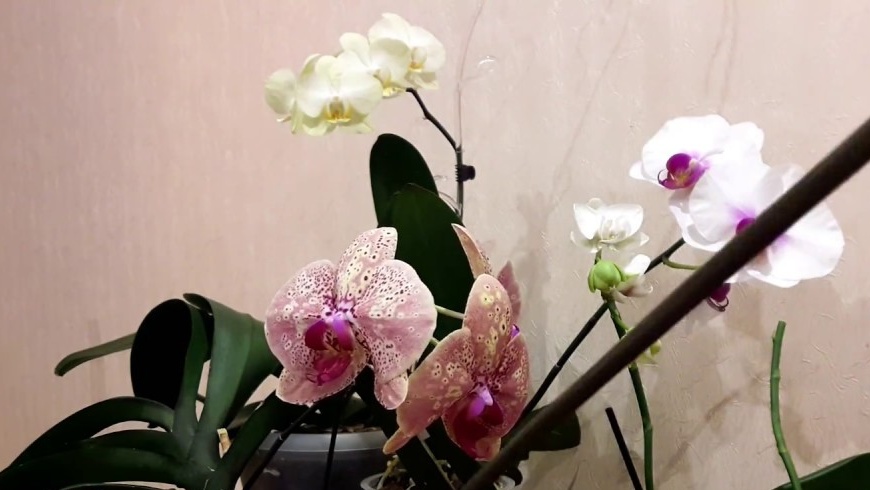 Is it possible to transplant an orchid during flowering
Is it possible to transplant an orchid during flowering